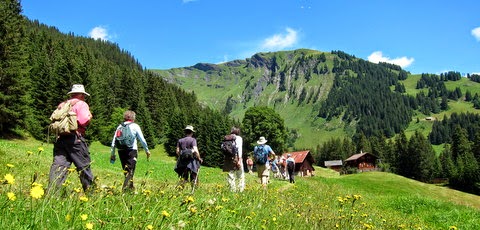I'm not doing too well here. It's been over a week since my last post, so here goes.
Positioned on a rocky headland cradling the Baltic Sea, Helsinki was established by Sweden to catch up with Russia's expansion of its Baltic trade routes. But it only really began to grow after the construction of Suomenlinna fortress off Helsinki's coast in 1748 which brough thousands of builders and soldiers and their families to the city. Then in 1808 during the Russian occupation, the entire city was levelled by fire.
Reconstruction began in 1817 - once Swedish FInland had become property of the Russian empire - and architech Carl Ludwig Engel and planner Johan Ehrenstrom based their city planning directly on St. Petersburg and he built a capital that was remarkably Hellenic in look. They developed a grid of wide streets and Neoclassical, Empire-style brick buildings. This grid forms the basis of the modern city and around Senate Square the planned grandeur is evident. When Engel came to town, the city had a population of 4000; when he died, it had grown to hearly five times that.
The square itself, overlooked by the gleaming Lutheran Cathedral is still the city's single most eye-catching feature. A few blocks away, past the South Harbor and the waterside market square, is the handsome tree-lined avenue of the Esplanadi, with a narrow strip of greenery along the center.
Oh, I can see that this post really should have been about Finland's history of being batted about between Sweden and Russia, but I guess that will have to come next.



No comments:
Post a Comment